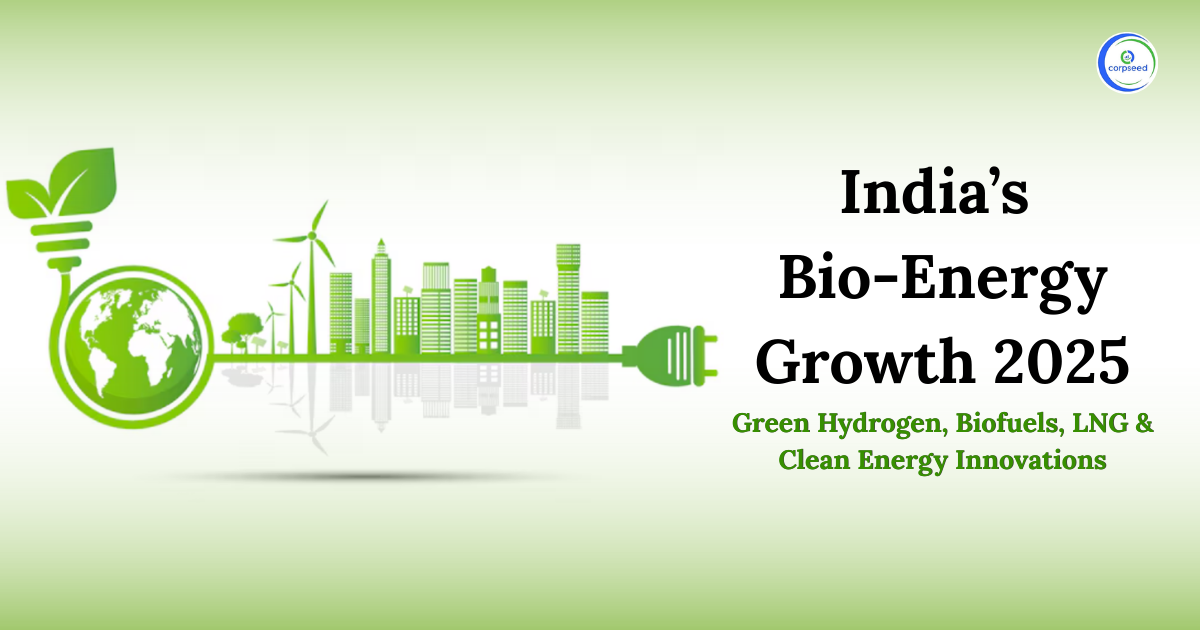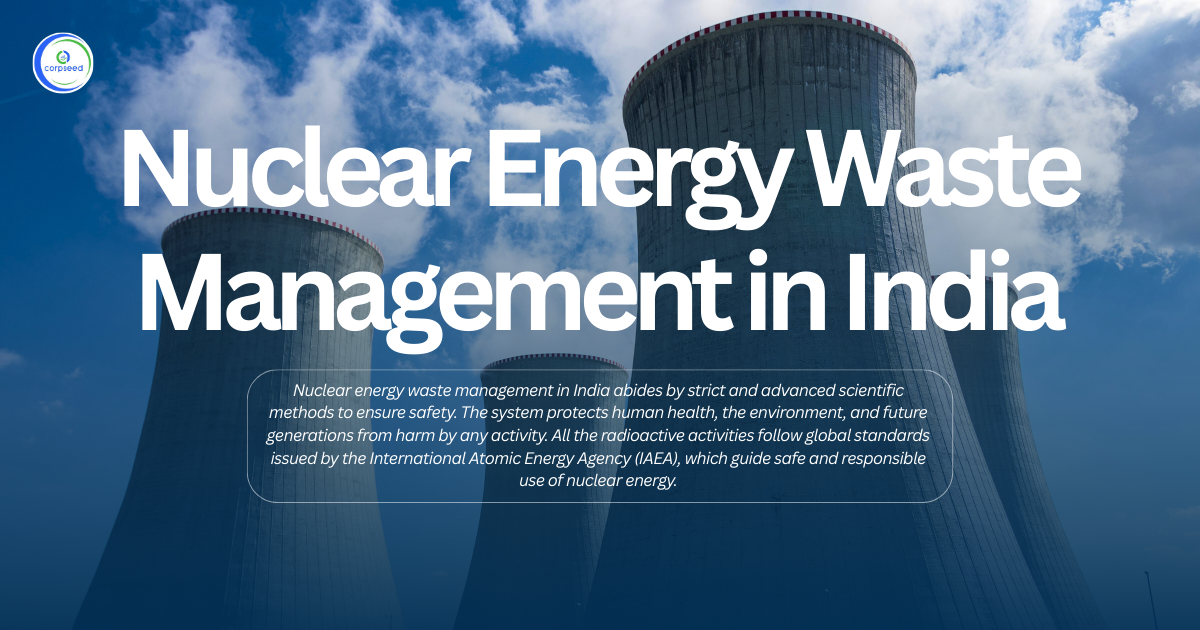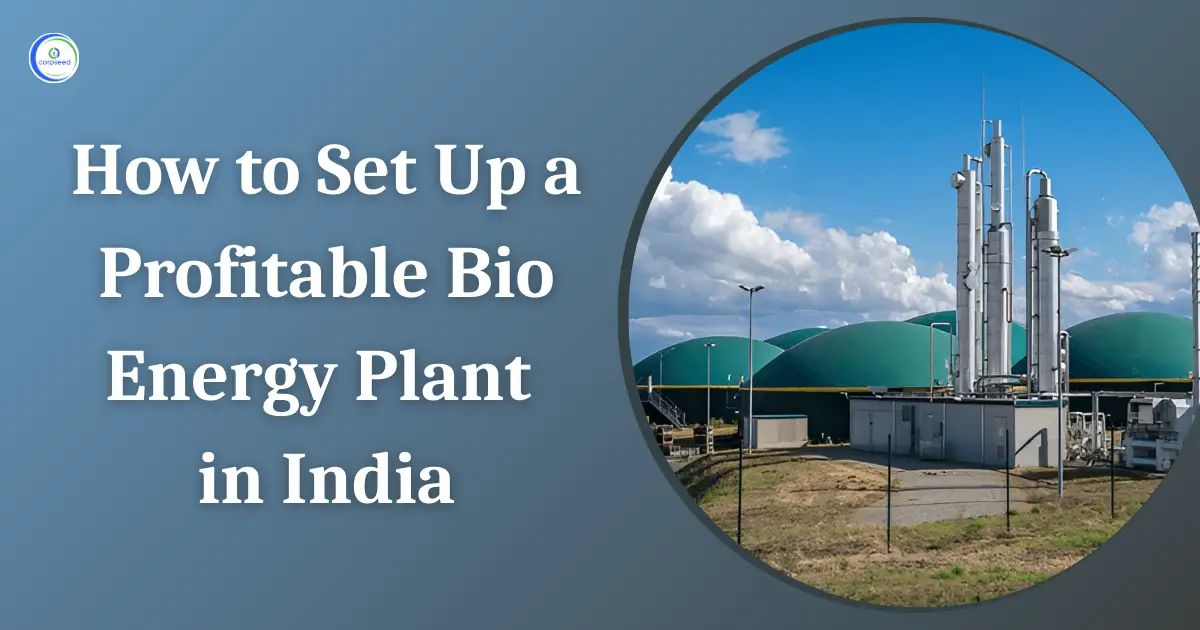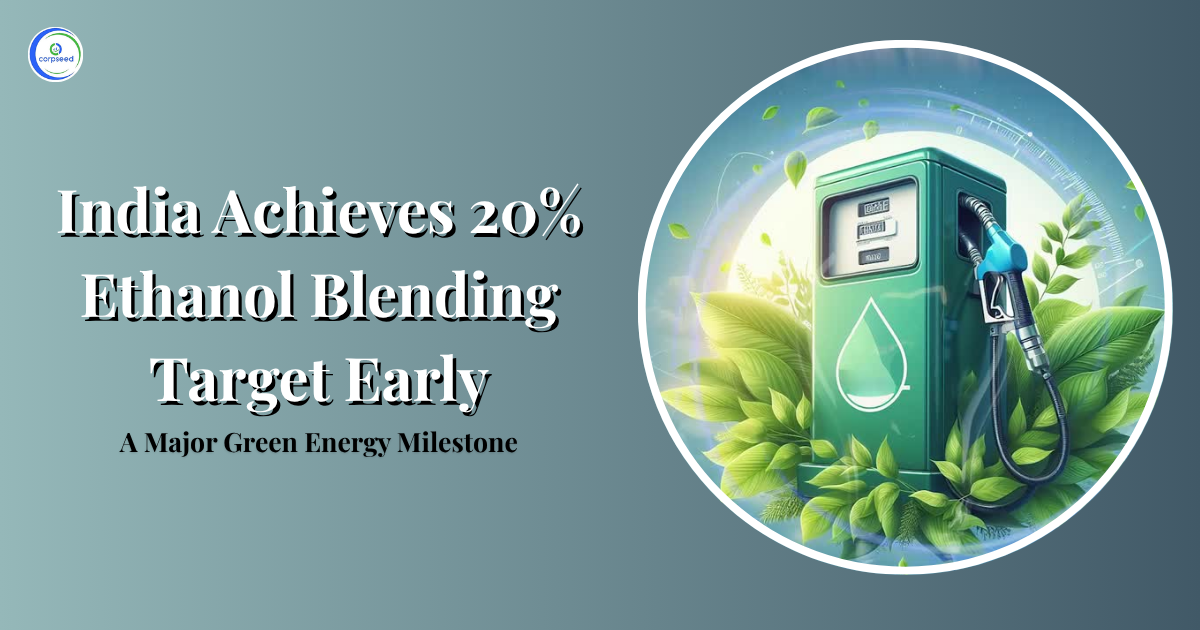India’s energy sector is undergoing a historic transformation, powered by ambitious policies and technological innovations in bio-energy, green hydrogen, biofuels, and clean fuel infrastructure. With rising global concerns over climate change and energy security, the country is strategically positioning itself as a global leader in renewable and alternative energy sources.
From large-scale biofuel blending programs to advanced green hydrogen projects, the government’s initiatives are reshaping the nation’s energy landscape and contributing to the global clean energy transition.
Table of Contents
- Understanding Bio-Energy and Its Role in India’s Energy Transition
- Key Government Initiatives Boosting Bio-Energy in India
- Why Bio-Energy is Key to India’s Net Zero Goals?
- Economic Potential of Bio-Energy in India
- Technological Advancements Driving Bio-Energy
- Challenges in Scaling Bio-Energy
- Future Pathway for Bio-Energy in India
- Conclusion
--------------Blog Contact Form-------------
Understanding Bio-Energy and Its Role in India’s Energy Transition
Bio-energy refers to renewable energy derived from organic materials such as agricultural residues, forest waste, industrial byproducts, and urban waste. It includes biofuels, biomass power, biogas, bio-diesel, and advanced fuels like green hydrogen produced from renewable sources.
In India, bio-energy plays a crucial role in:
- Reducing dependency on fossil fuels
- Lowering greenhouse gas emissions
- Boosting rural economy and waste management
- Ensuring energy security
With abundant biomass resources and a strong agricultural base, India holds a strategic advantage in developing bio-energy at scale.
Key Government Initiatives Boosting Bio-Energy in India
The key government initiatives that boost bio-energy sector of India are:
1. Hydrocarbon Exploration and Licensing Policy (HELP) & Open Acreage Licensing Policy (OALP)
While primarily designed for hydrocarbon exploration, the Hydrocarbon Exploration and Licensing Policy (HELP), launched in 2016, indirectly supports the clean energy transition by identifying natural gas reserves that can be blended with CBG.
- Under the OALP, 172 exploration blocks covering 3,78,652 sq. km have been awarded under Bid Rounds I to IX.
- On 15 April 2025, OALP Bid Round X was launched, offering 25 exploration blocks covering 1,91,986.21 sq. km.
These efforts ensure energy security during the transition to a bio-energy-dominant system.
2. LNG Infrastructure and City Gas Distribution
Liquefied Natural Gas (LNG) is increasingly recognized as a cleaner transitional fuel. Its infrastructure can integrate with bio-energy sources like CBG.
- India operates 8 LNG terminals with a combined capacity of 52.7 MMTPA.
- 13 LNG retail stations by public companies and 16 private LNG stations are operational.
- PNGRB has authorized City Gas Distribution (CGD) in 307 geographical areas, covering nearly 100% of the country’s mainland.
- As of 31 May 2025, 1.50 crore domestic PNG connections and 8,083 CNG stations have been commissioned.
Such infrastructure will be critical for scaling CBG usage nationwide.
3. National Green Hydrogen Mission
Launched in January 2023, the National Green Hydrogen Mission is one of the boldest renewable energy programs in the world.
Key Highlights:
Target: 5 million metric tonnes of green hydrogen per year by 2030.
Objective: Make India a global hub for green hydrogen production, usage, and export.
Benefits:
- Replace fossil-based hydrogen in industries.
- Reduce 50 million tonnes of CO₂ annually.
- Enhance renewable integration.
- Green hydrogen can be produced from biomass gasification, directly linking it to the bio-energy value chain.
4. National Policy on Biofuels (2018, Amended 2022)
This policy provides a clear roadmap for blending biofuels into India’s fuel mix.
- The 20% ethanol-blending target was moved up from 2030 to 2025-26.
- As of June 2025, India has already achieved 18.93% ethanol blending.
Ethanol production supports farmers by using surplus crops like sugarcane and maize while reducing dependence on imported petroleum.
5. SATAT Initiative (Sustainable Alternative towards Affordable Transportation)
Launched on 1 October 2018, the SATAT scheme promotes the production of Compressed Bio Gas (CBG) from various waste and biomass sources.
Advantages of SATAT:
- Converts agricultural and municipal waste into valuable fuel.
- Encourages entrepreneurship in rural areas.
- Reduces urban landfill waste.
- Cuts reliance on imported fossil fuels.
CBG has the potential to replace a significant share of CNG used in transport and industry.
Also Read: India Achieves 20% Ethanol Blending Target Early: A Major Green Energy Milestone
Why Bio-Energy is Key to India’s Net Zero Goals?
India has committed to achieving net zero carbon emissions by 2070, and bio-energy will be essential in this journey.
Five Core Contributions:
- Carbon Neutrality: Biomass absorbs the same amount of CO₂ during growth as it releases during energy generation.
- Energy Security: Reduces crude oil and LNG imports.
- Rural Economic Growth: Farmers earn from selling agricultural residues.
- Waste Management: Converts waste to fuel, reducing pollution.
- Industrial Decarbonization: Biofuels and hydrogen replace coal and oil in heavy industries.
Economic Potential of Bio-Energy in India
The bio-energy sector is both an environmental and economic asset:
- GDP Contribution: Could add $50–60 billion annually by 2030.
- Job Creation: Employment in feedstock supply, plant operation, logistics.
- Export Opportunities: Ethanol, green hydrogen, and bio-based chemicals.
- Investment Growth: Domestic and foreign investments in renewable projects.
Technological Advancements Driving Bio-Energy
India is adopting advanced bio-energy technologies to improve efficiency and reduce costs:
- 2G Ethanol Plants: Using agricultural waste, reducing competition with food crops.
- Biomass Gasification: Producing syngas for electricity and hydrogen.
- Anaerobic Digestion: Converting organic waste into biogas.
- Bio-CNG Upgrading: Purifying biogas for grid injection.
- Carbon Capture in Bio-Energy: Capturing CO₂ from bio-energy plants for storage or reuse.
Challenges in Scaling Bio-Energy
While India’s bio-energy progress is impressive, several challenges remain:
- Seasonal Biomass Availability: Crop residues are only available after harvest.
- Technology Costs: High capital investment for advanced processing plants.
- Policy Gaps: Variation in incentives across states.
- Public Awareness: Limited consumer knowledge of bio-energy fuels.
Future Pathway for Bio-Energy in India
Over the next decade, India’s bio-energy sector will witness:
- Widespread CBG Plants: Producing millions of tonnes annually.
- Green Hydrogen Export: Competing globally in hydrogen markets.
- Bio-Aviation Fuel: Sustainable aviation fuel adoption in airlines.
- Integration with Smart Grids: Biomass power linked with renewable energy grids.
Conclusion
India’s bio-energy revolution represents a paradigm shift in the way energy is produced, distributed, and consumed. Through targeted policies such as the National Green Hydrogen Mission, the National Policy on Biofuels and initiatives like SATAT, India is paving the way for a clean, resilient, and self-reliant energy future.
This shift is not merely a response to climate change - it is a strategic move towards economic growth, technological leadership, and global energy competitiveness. With consistent investment, policy support, and technological innovation, India can transform bio-energy from a supporting sector into a main pillar of national energy security.
FAQ`s
Bio-energy refers to energy derived from organic materials like agricultural residue, municipal solid waste, and biomass. It is crucial for India because it helps reduce dependence on fossil fuels, cuts greenhouse gas emissions, supports rural employment, and ensures sustainable energy growth in line with India’s climate goals.
The Indian government is promoting bio-energy through multiple policies and schemes, such as the National Policy on Biofuels 2018 (amended in 2022), the SATAT initiative for compressed biogas, and incentives for ethanol blending in petrol. These initiatives aim to increase renewable fuel production, encourage private sector participation, and integrate bio-energy into mainstream fuel usage.
SATAT (Sustainable Alternative towards Affordable Transportation) is a government program launched in 2018 to produce Compressed Bio Gas (CBG) from various waste and biomass sources. It aims to boost clean fuel availability, reduce waste, and cut imports of natural gas by promoting CBG usage alongside conventional fuels.
The National Policy on Biofuels sets blending targets for ethanol in petrol and biodiesel in diesel, encouraging investment in bio-refineries. The 2022 amendment advanced the 20% ethanol-blending target from 2030 to 2025-26, accelerating the adoption of cleaner fuels and reducing crude oil imports.
While not a bio-energy source, green hydrogen complements the bio-energy sector by providing another clean fuel option. The National Green Hydrogen Mission aims to make India a global leader in hydrogen production, targeting 5 MMT per annum by 2030, supporting both decarbonization and energy security goals.
Bio-energy projects can create jobs in rural areas by sourcing feedstock locally, setting up bio-refineries, and providing decentralized energy solutions. It also enables farmers to earn from agricultural waste and supports cleaner village environments through waste-to-energy initiatives.
This portion of the site is for informational purposes only. The content is not legal advice. The statements and opinions are the expression of author, not corpseed, and have not been evaluated by corpseed for accuracy, completeness, or changes in the law.
BOOK A FREE CONSULTATION
Get help from an experienced legal adviser. Schedule your consultation at a time that works for you and it's absolutely FREE.





.webp)



